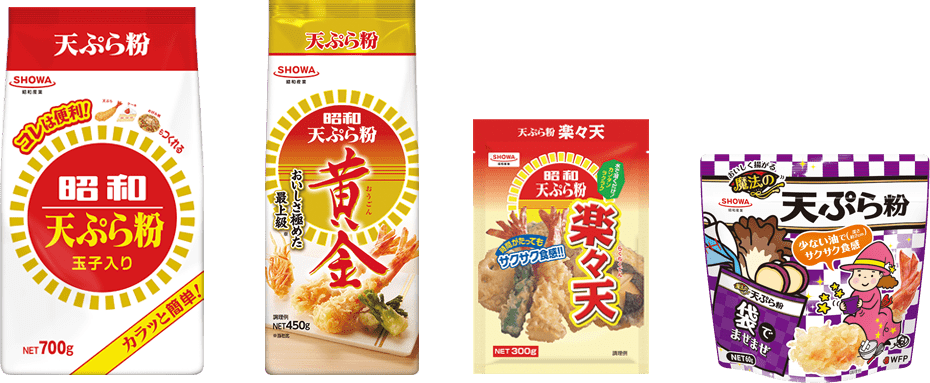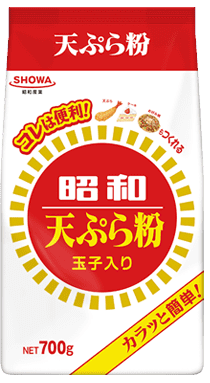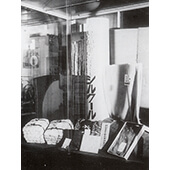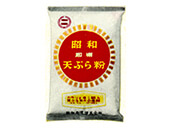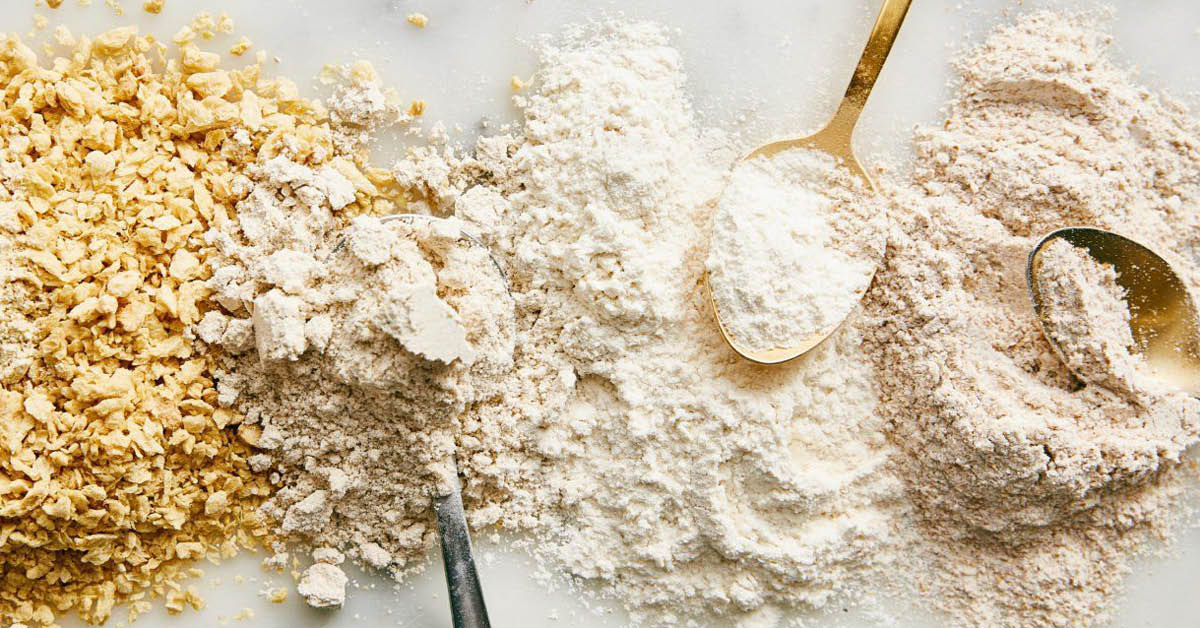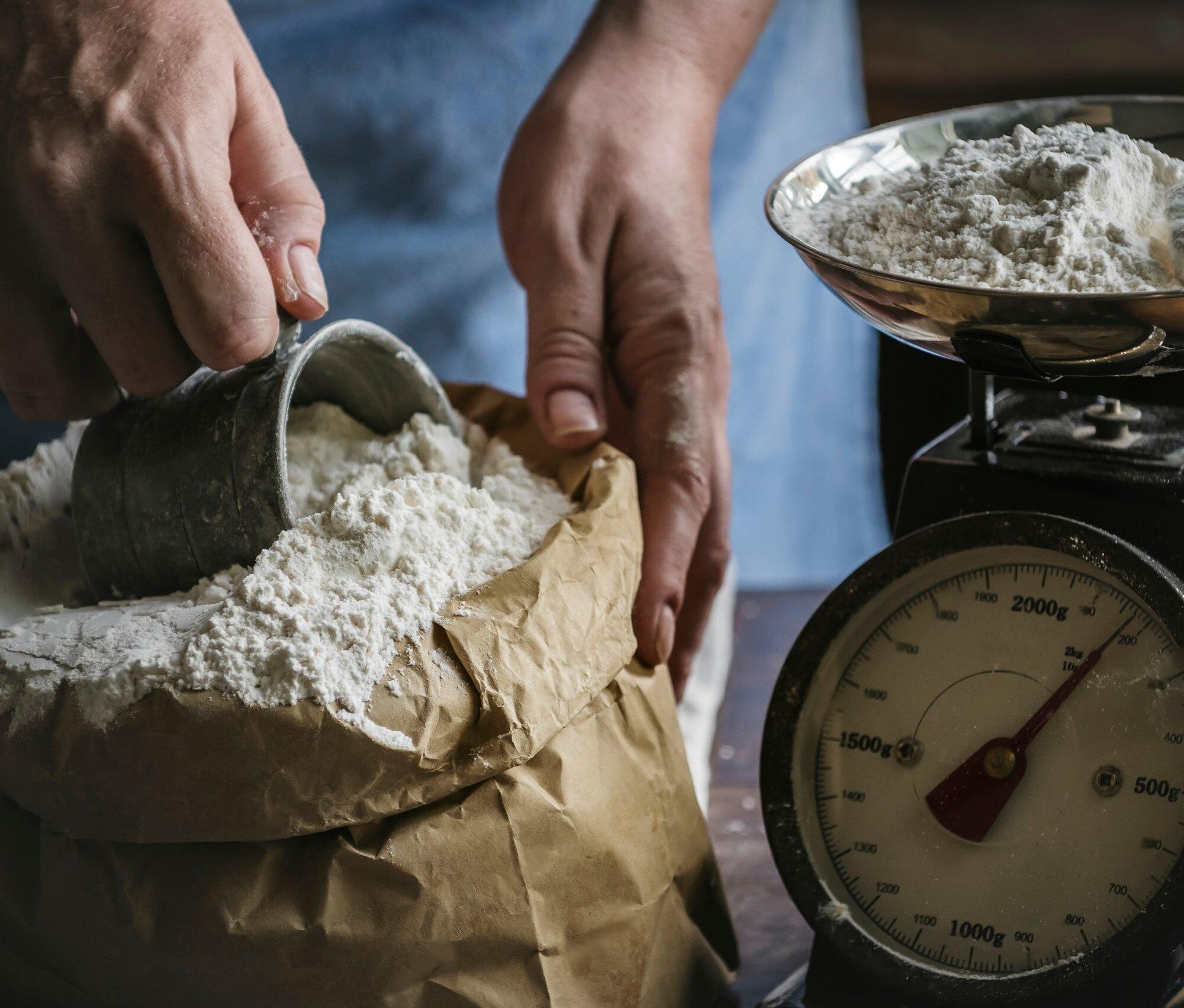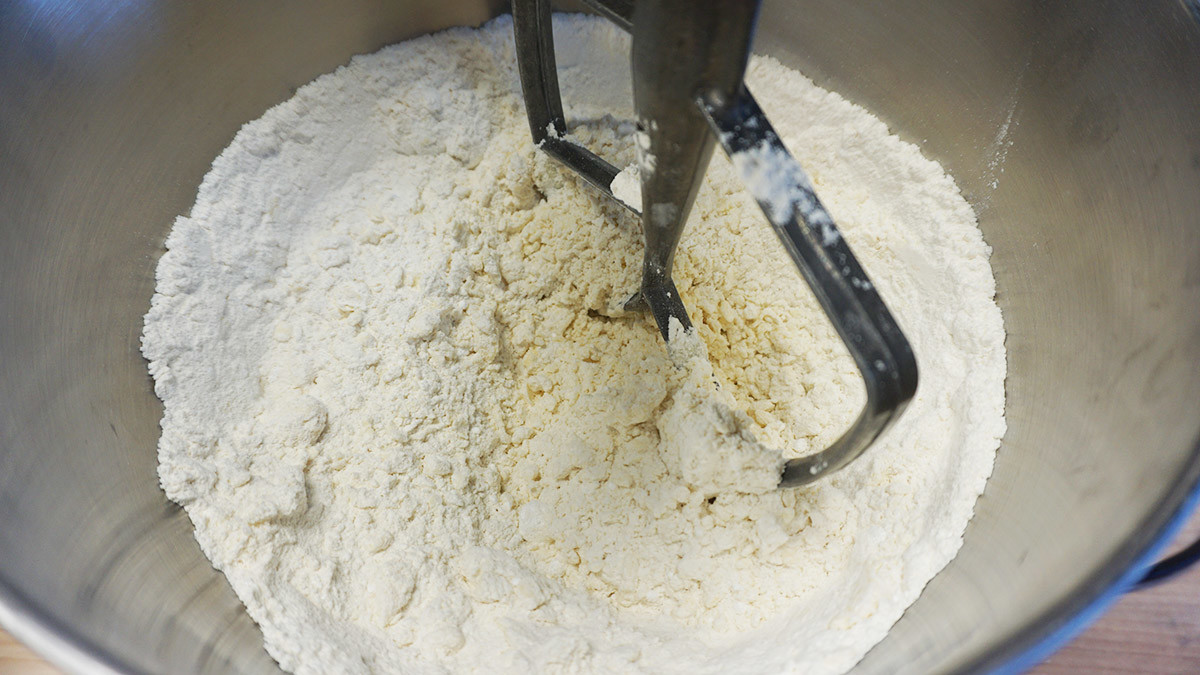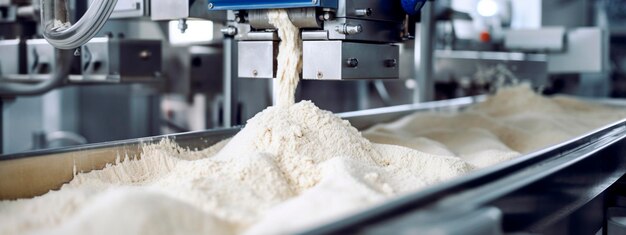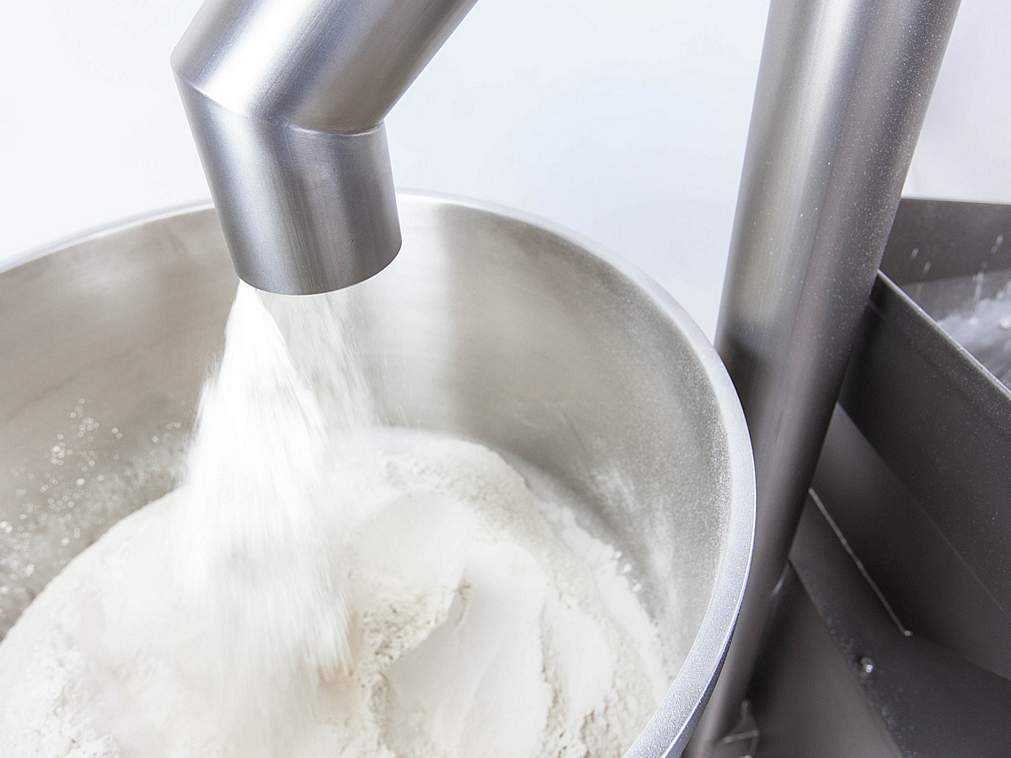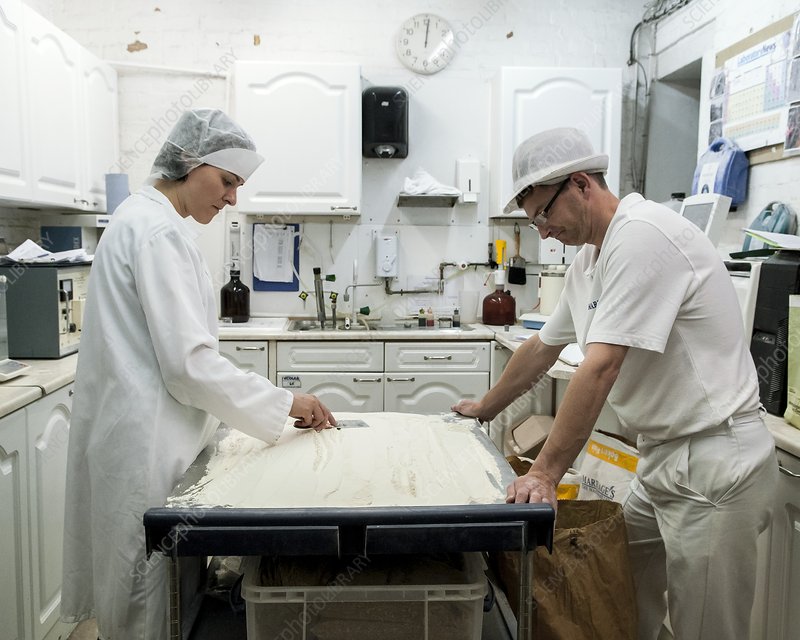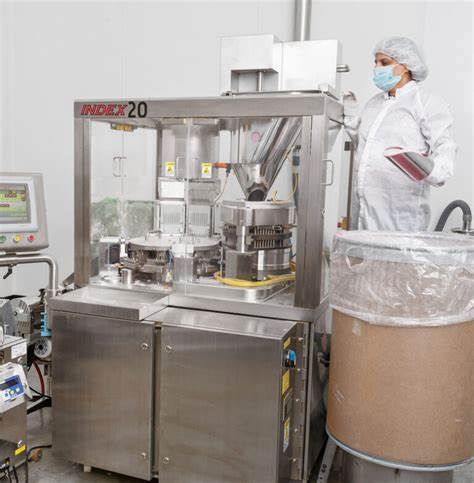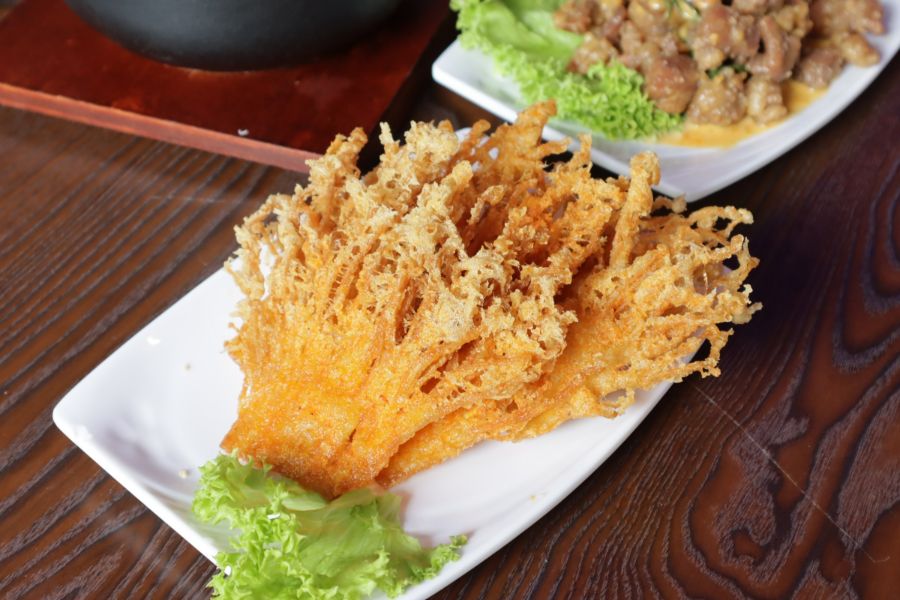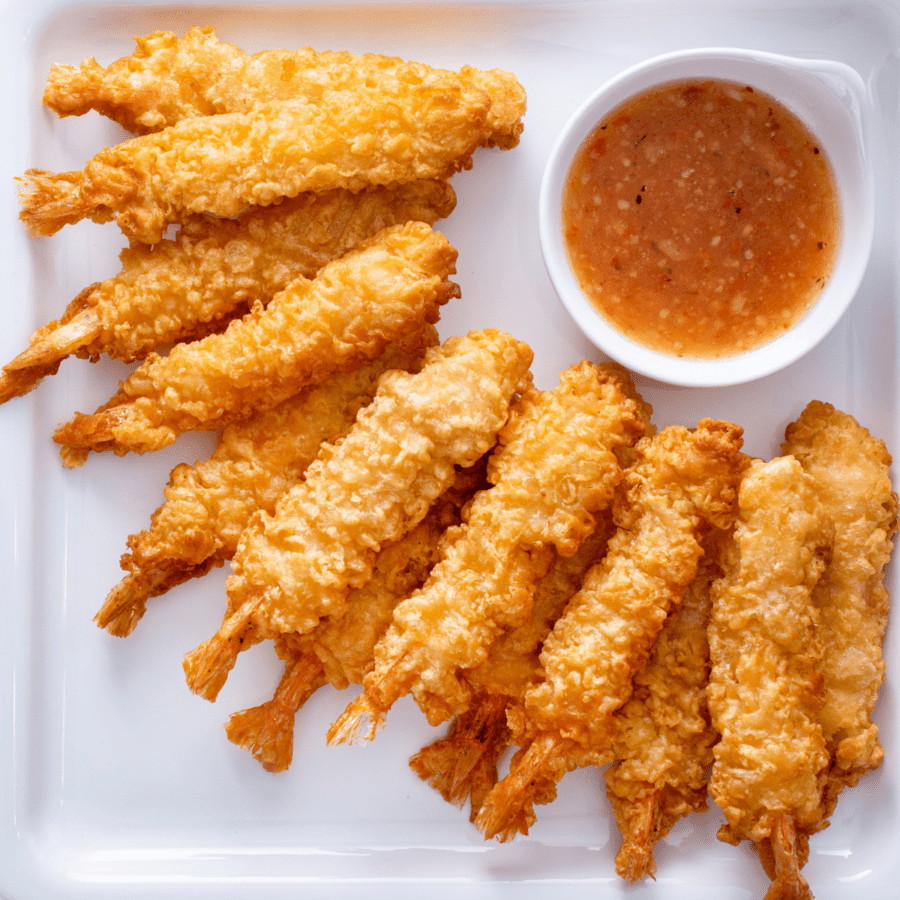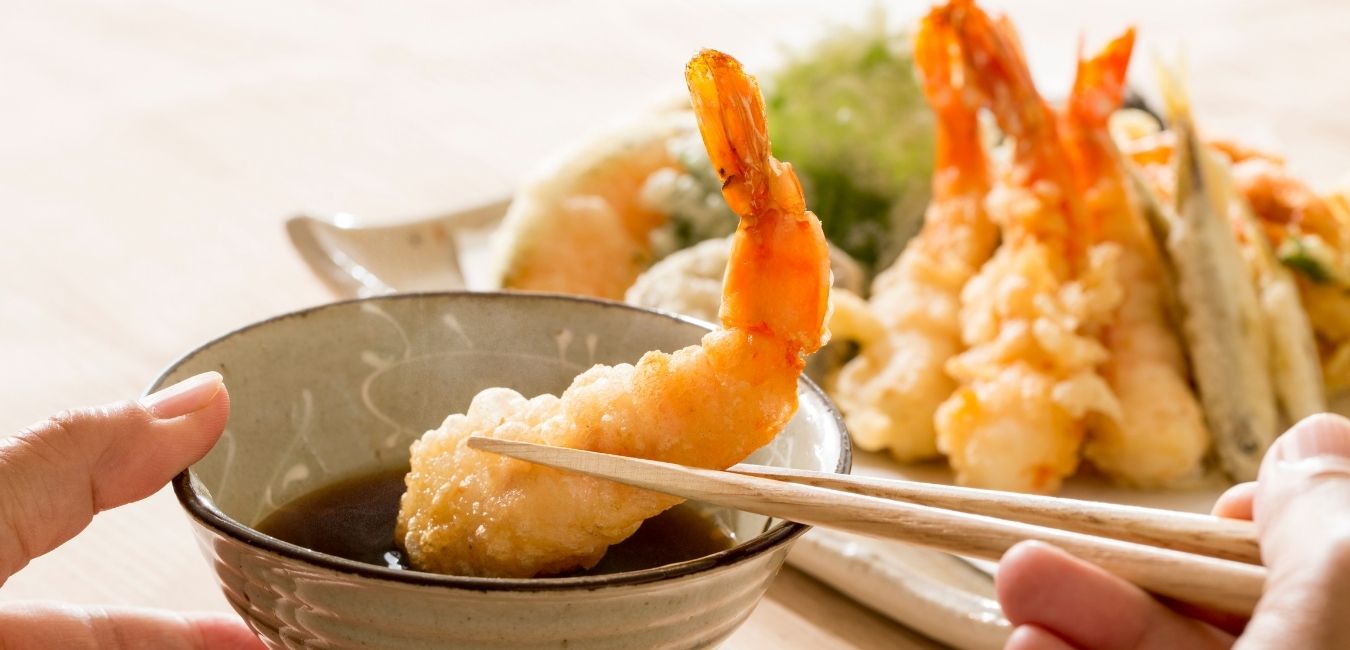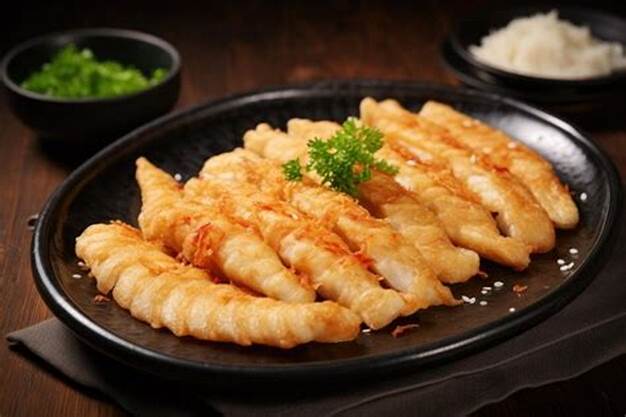ABOUT
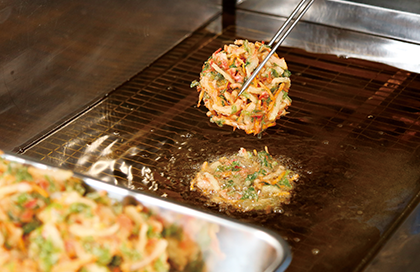
Showa Sangyo was the first company in the world to sell tempura flour. Just dissolve it in water and you can make crispy and delicious tempura. In addition to tempura, it can also be used for a wide range of dishes such as okonomiyaki, fried foods, and homemade sweets. Tempura batter mix is a pre-packaged dry blend of ingredients that is designed to create a light, crispy coating for fried foods, particularly in Japanese cuisine. It is most commonly used for making tempura, which consists of battered and deep-fried vegetables, seafood, or even meat. The batter created with the mix gives tempura its signature crispy, airy texture, which contrasts beautifully with the tender ingredients inside.Tempura batter mix is designed to be quick and easy to use. Instead of mixing individual ingredients, all you need to do is add cold water (or sometimes sparkling water) to the mix, creating a batter that is ready for dipping. The batter is usually thin in consistency to create a light coating that fries up beautifully crispy.
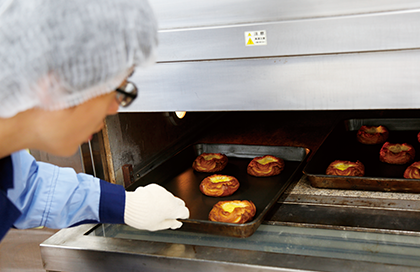
OUR PRODUCT
BENEFITS
Lower in Fat (Compared to Other Frying Batters)
- Crispy, Not Greasy: Tempura batter is designed to be light and crisp, meaning it absorbs less oil during frying compared to other types of batters, such as those made with heavier flour or breadcrumbs. This can make tempura a relatively lower-fat option compared...
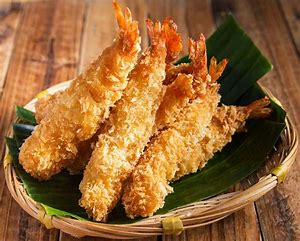
Lower in Additives and Preservatives
- Simpler Ingredients: Depending on the brand of batter mix, you may find that the mix is free from artificial preservatives or additives that are commonly found in heavily processed foods. This can make it a better option for those trying to avoid artificial...
Light and Airy Texture
- Less Dense than Other Fried Foods: Because tempura batter is typically thinner and lighter, the finished product tends to be less dense than other fried foods. This can make tempura less heavy on the stomach, and you may be able to eat a larger portion of fried food without feeling as overly full or sluggish afterward.





